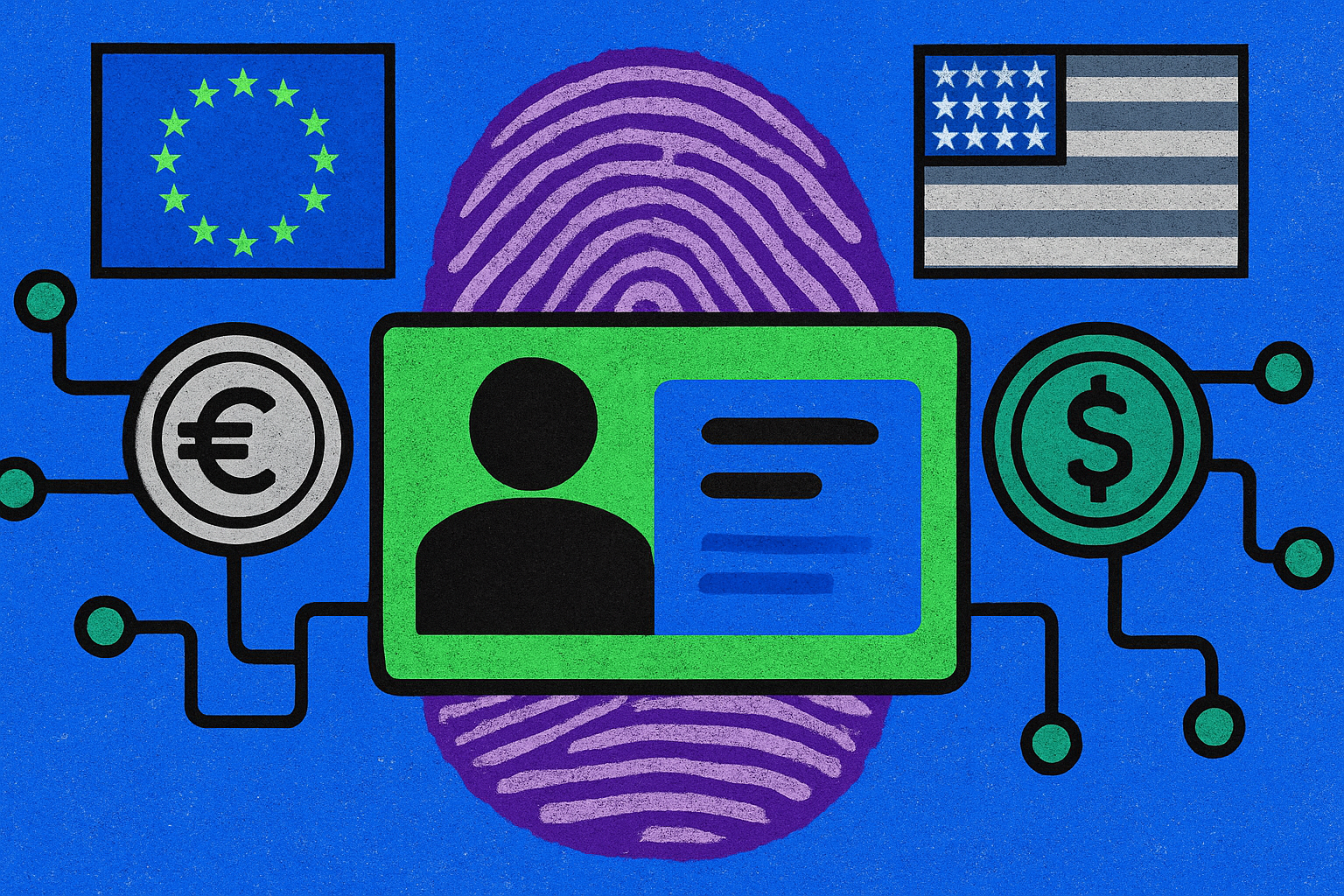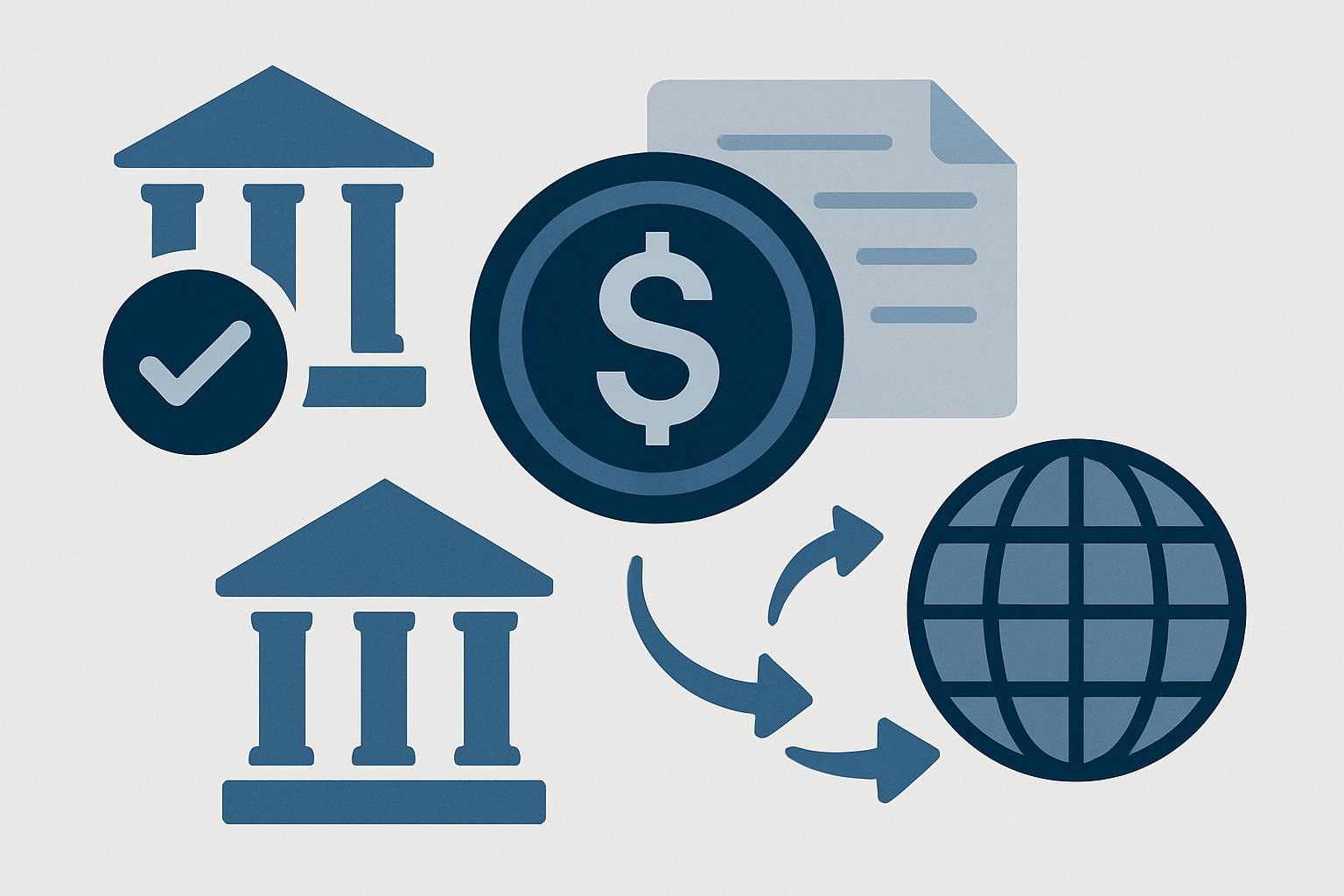
The U. S. regulatory landscape for stablecoins has been radically redrawn with the passage of the GENIUS Act of 2025. Signed into law on July 18, this legislation establishes a sweeping federal framework for payment stablecoins, directly impacting every layer of compliance, banking, and global payments. The Act’s requirements are already forcing both legacy financial institutions and crypto-native issuers to rethink their operating models or risk being sidelined in the world’s largest digital asset market.

GENIUS Act Stablecoin Regulation: The New Compliance Playbook
At its core, the GENIUS Act brings a level of regulatory clarity that’s been missing in U. S. digital asset markets. The law defines “payment stablecoins” as digital assets pegged to a fixed monetary value and redeemable at par. Issuers must now meet stringent reserve backing rules: every token must be backed 1: 1 with U. S. dollars, short-term Treasuries, or highly liquid equivalents. This requirement is non-negotiable and aggressively enforced by monthly public disclosures and annual audits for issuers above $50 billion in market cap.
But reserve management is only part of the story. The GENIUS Act also mandates:
- Monthly transparency reports, detailing circulating supply and reserve composition
- Comprehensive AML/KYC programs, treating stablecoin businesses as regulated financial institutions
- The technical capability to freeze or seize tokens under certain legal circumstances
This means that stablecoin operators must now build out compliance teams rivaling those at major banks – with real-time transaction monitoring and robust risk controls as standard practice.
Banking Sector: Winners, Losers, and Systemic Risk Flashpoints
The GENIUS Act draws a sharp line between who can legally issue payment stablecoins in the U. S.: only federally approved entities such as FDIC-insured banks or OCC-supervised nonbanks are eligible. For traditional banks, this is a double-edged sword. On one hand, it cements their dominance by excluding unlicensed fintechs and offshore players from the domestic market. On the other hand, there’s growing concern about deposit outflows as consumers migrate funds into regulated stablecoins – potentially reshaping bank funding structures and introducing new systemic risks.
Key Banking Sector Responses to the GENIUS Act
-
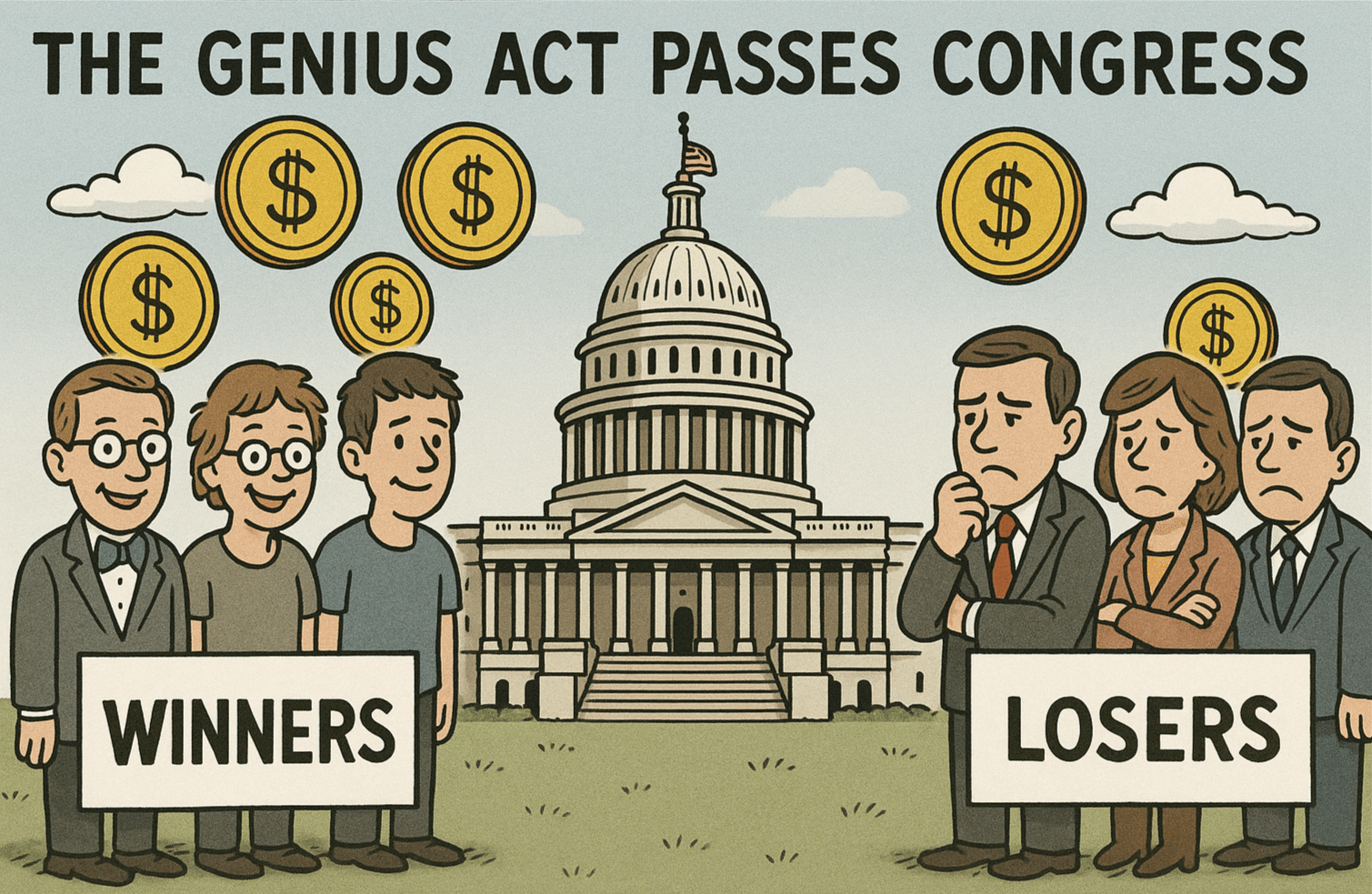
Expansion of Stablecoin Issuance by Major U.S. Banks: Leading FDIC-insured banks, such as JPMorgan Chase and Bank of New York Mellon, are actively seeking federal approval to issue payment stablecoins, leveraging their regulatory status for early market entry.
-

Enhanced Compliance Infrastructure Investments: Institutions like Wells Fargo and Citi are ramping up investments in AML, KYC, and sanctions compliance systems to meet the GENIUS Act’s stringent requirements for stablecoin operations.
-

Collaboration with RegTech and Blockchain Service Providers: Banks are partnering with established firms such as Chainalysis and Elliptic to bolster transaction monitoring, risk management, and regulatory reporting for stablecoin activities.
-
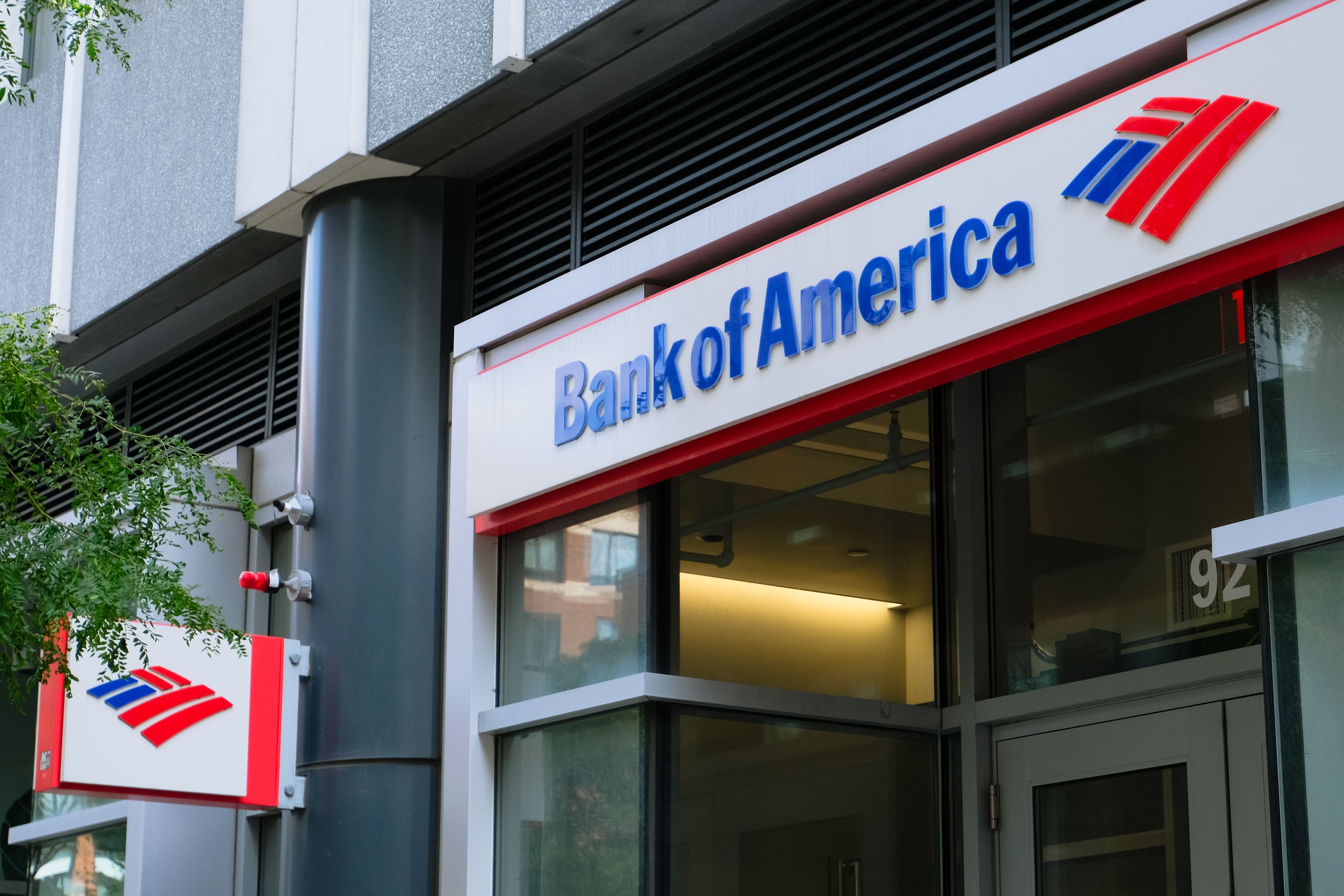
Strategic Reviews of Deposit and Liquidity Management: Major banks, including Bank of America, are conducting internal assessments to address potential deposit outflows and liquidity risks associated with increased stablecoin adoption.
-
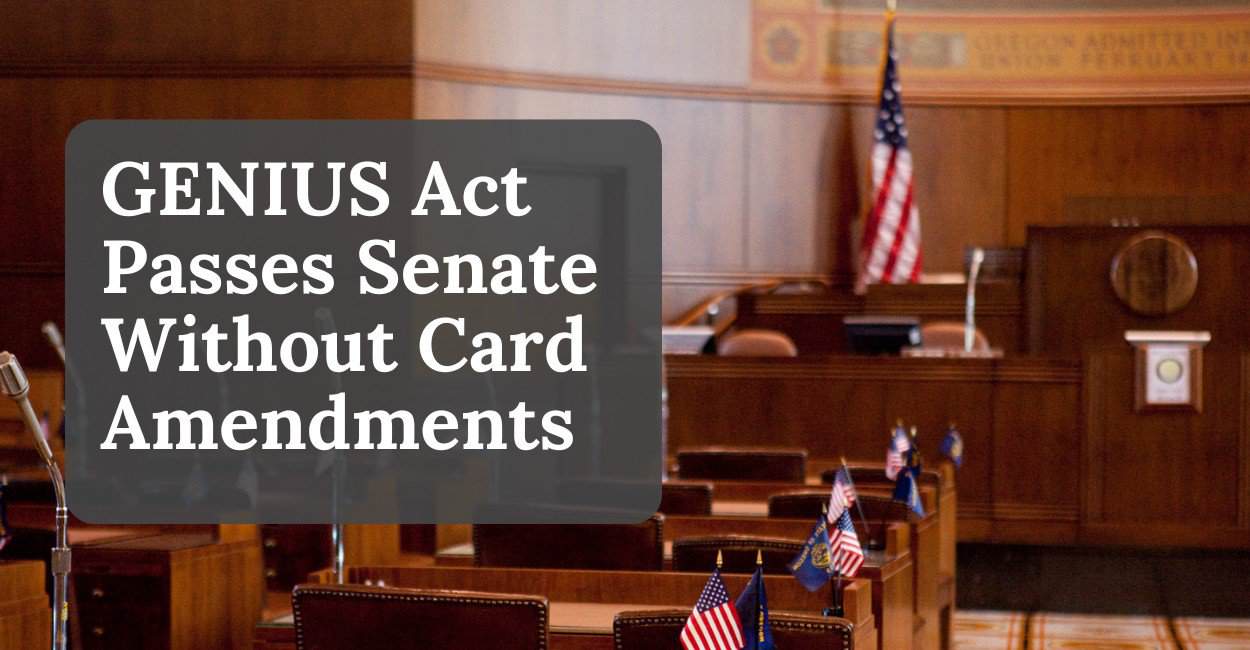
Participation in Regulatory Consultations: The American Bankers Association (ABA) and other industry groups are actively engaging with federal regulators to shape the implementation of GENIUS Act rules and advocate for favorable compliance timelines.
Banks now face urgent strategic decisions: either move quickly to launch compliant stablecoin products or risk losing relevance in an increasingly tokenized payments ecosystem.
Global Payments: Faster Settlement Meets Geopolitical Tension
The global impact of U. S. -regulated stablecoins is impossible to ignore. With clear federal rules finally in place, American-backed tokens are poised to accelerate cross-border payments – slashing settlement times from days to seconds while reducing costs for both businesses and individuals. However, this wave of dollar-pegged digital assets is already raising alarms abroad; European regulators warn that widespread adoption could drive further “dollarization” in emerging markets and threaten local monetary sovereignty.
The next phase will hinge on how international policymakers respond – whether through coordination or fragmentation remains an open question.
For stablecoin issuers, the next 18 months are a regulatory sprint. The GENIUS Act’s implementation timeline gives the industry until January 2027, or 120 days after final rulemaking, whichever comes first, to achieve full compliance. Regulatory agencies are already soliciting comments, and the three-year grace period for existing issuers is a countdown with no extensions on the table. Those who fail to secure federal licensure or meet new reserve and transparency standards face exclusion from U. S. markets and potential enforcement actions.
Licensing requirements are now at the heart of U. S. stablecoin compliance in 2025. Issuers must obtain a federal license, prove robust risk management, and demonstrate airtight AML and sanctions controls. For detailed analysis on licensing hurdles, see our breakdown of GENIUS Act licensing and audit rules.
This new regime is already shaping institutional behavior. Large U. S. banks are forming joint ventures with major crypto players to fast-track compliant stablecoin products, while some non-bank fintechs are seeking OCC charters or partnering with licensed custodians to maintain market access. Offshore issuers face a stark choice: localize operations under federal standards or risk being locked out of lucrative U. S. payment rails.
Opportunities and Threats: What Comes Next for Stablecoin Markets?
The GENIUS Act’s clarity is already catalyzing institutional adoption in the U. S. , but it also compresses margins for smaller players who can’t absorb compliance costs or meet capital thresholds. Expect further consolidation as well-capitalized incumbents snap up licenses, and market share, while lightly regulated competitors exit or pivot offshore.
On the global stage, the Act’s ripple effects will be felt far beyond Washington. With dollar-backed stablecoins now operating under explicit U. S. oversight, cross-border payments could become faster and more transparent, but also more tightly surveilled by American regulators wielding new powers to freeze or block transactions under sanctions regimes.
Still, risks remain unresolved: Will mass adoption of regulated stablecoins drain deposits from regional banks? Could dollarization via digital tokens destabilize emerging economies? And will other jurisdictions harmonize their rules, or erect digital barriers in response? For more on these open questions, see our full impact analysis.
Bottom Line
The passage of the GENIUS Act marks a decisive turn in U. S. crypto policy, a move from ambiguity to aggressive oversight that rewards scale, transparency, and regulatory discipline. Whether this ushers in a golden era of safe digital payments or sets off new rounds of regulatory arbitrage will depend on how quickly stakeholders adapt, and how global regulators respond.


